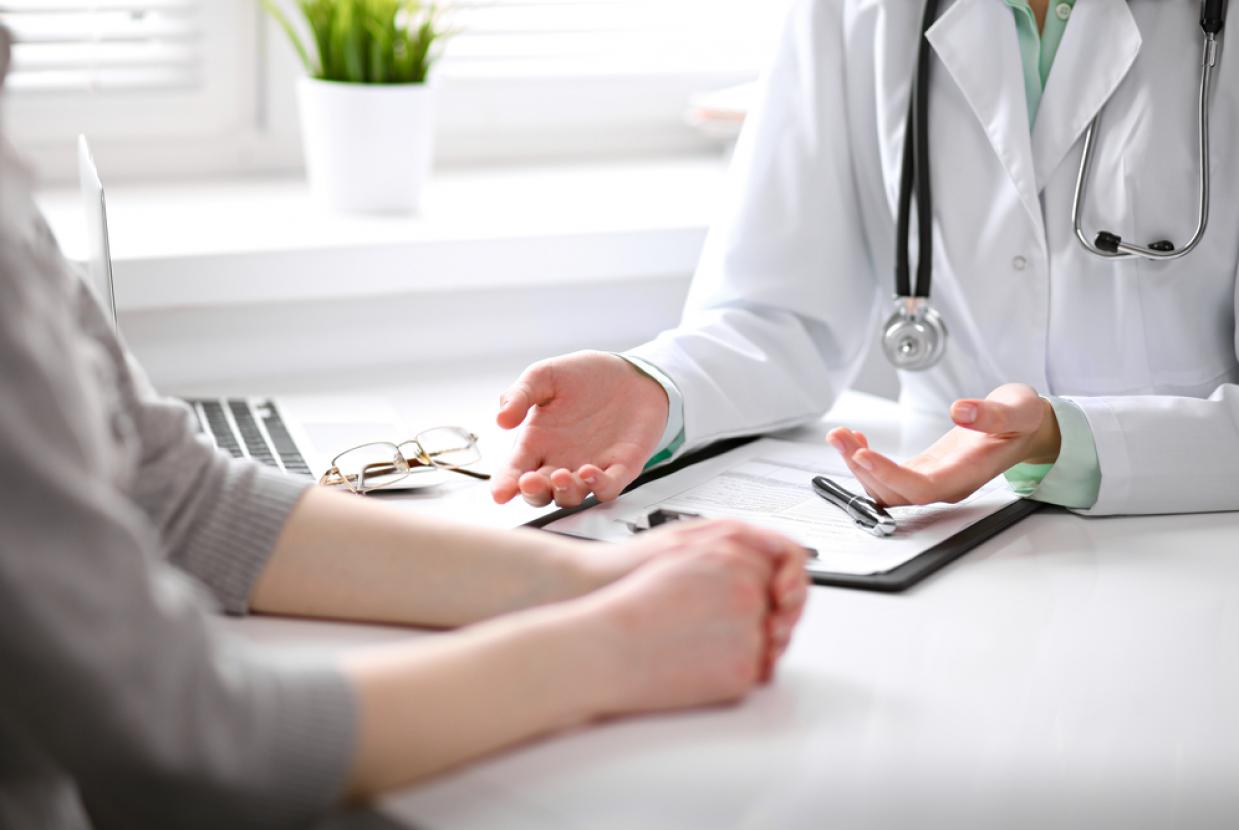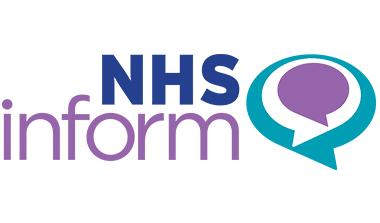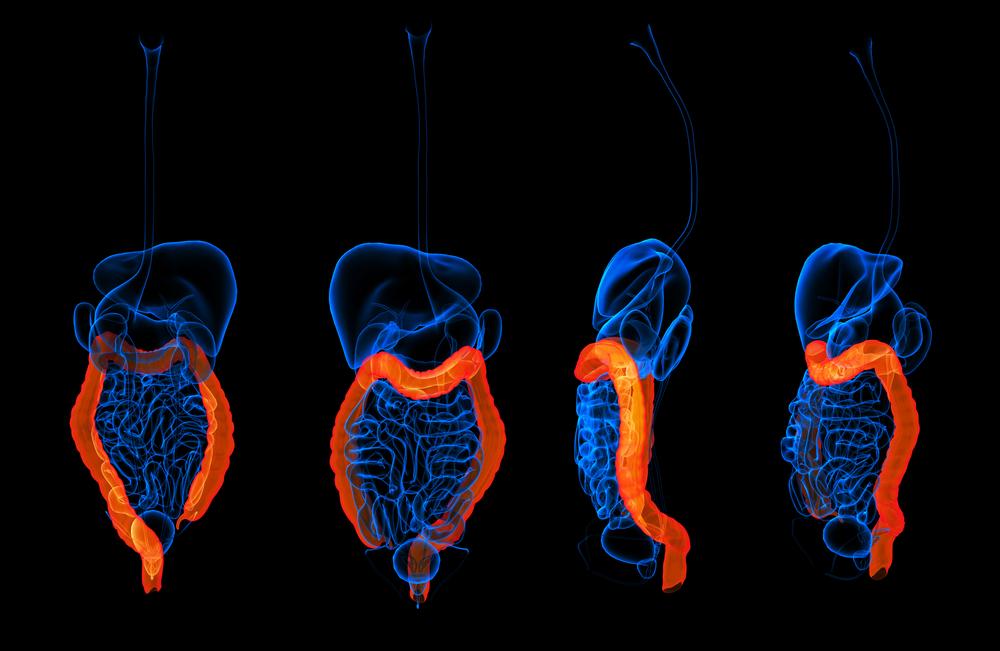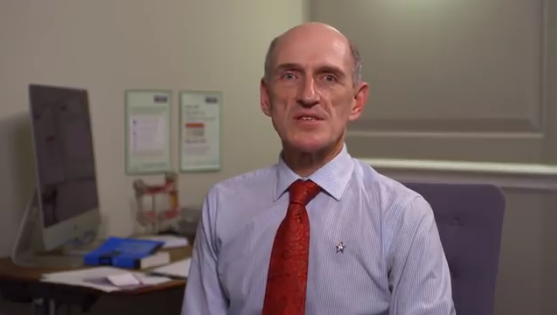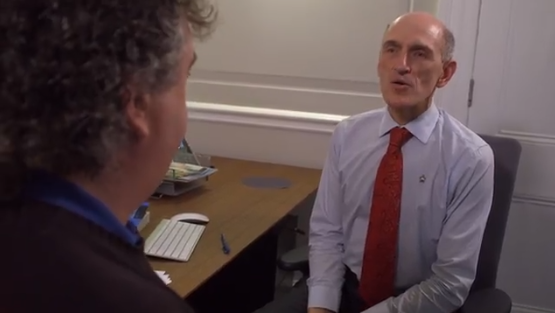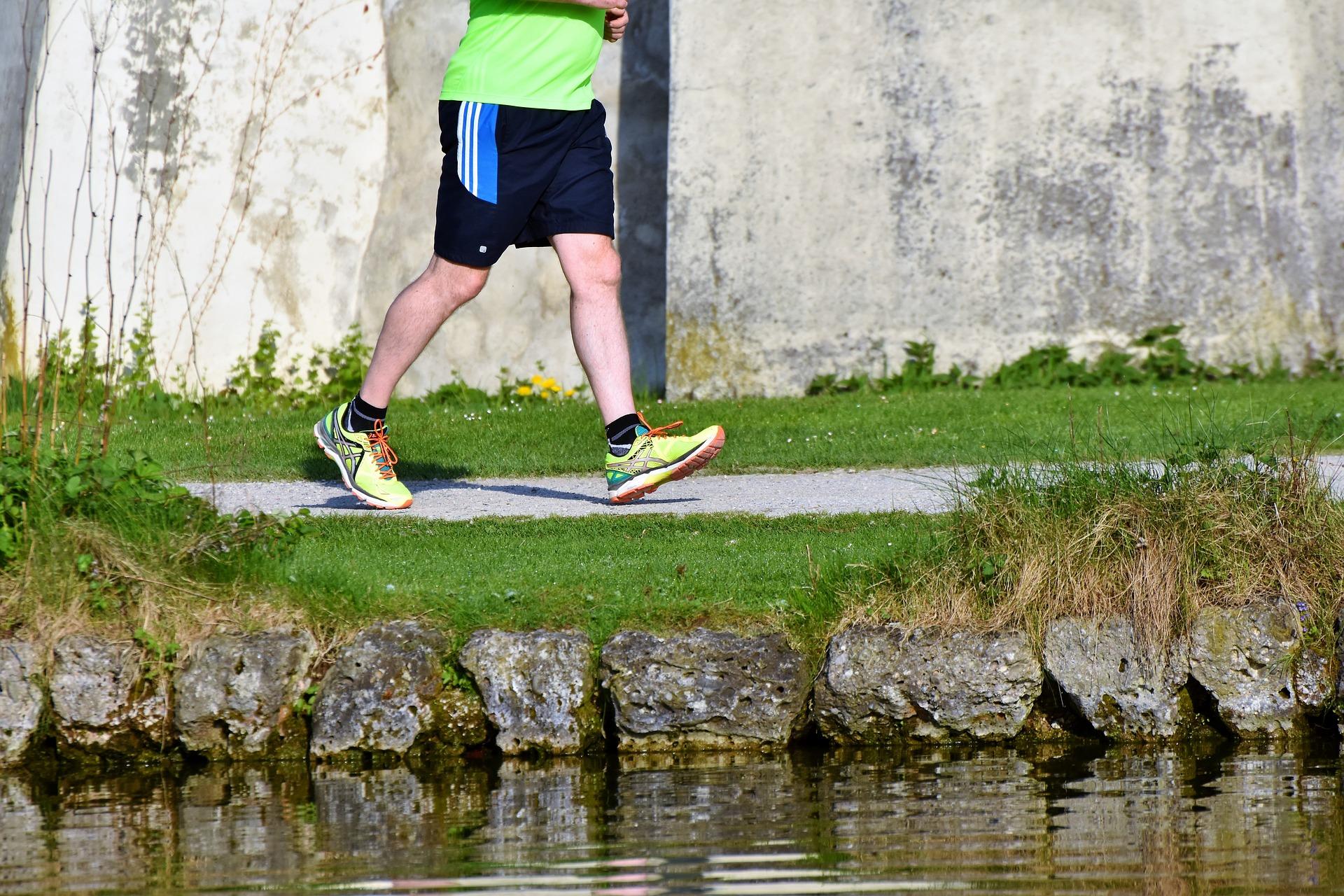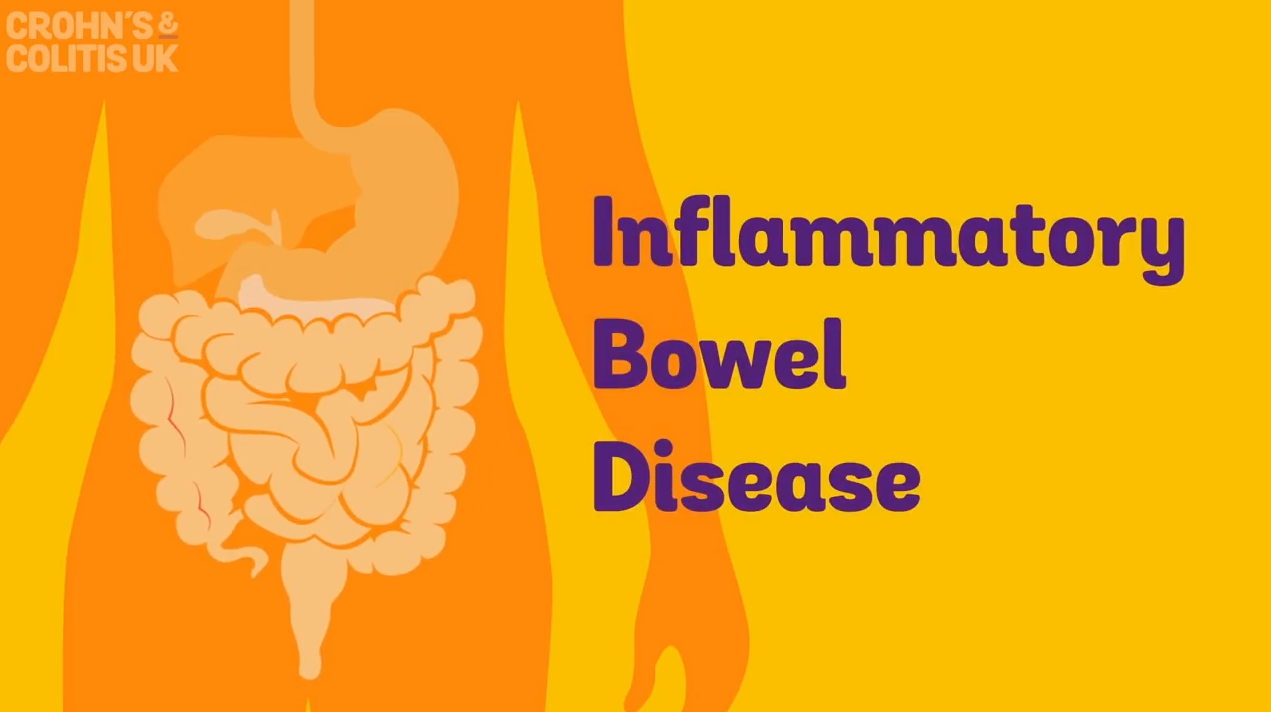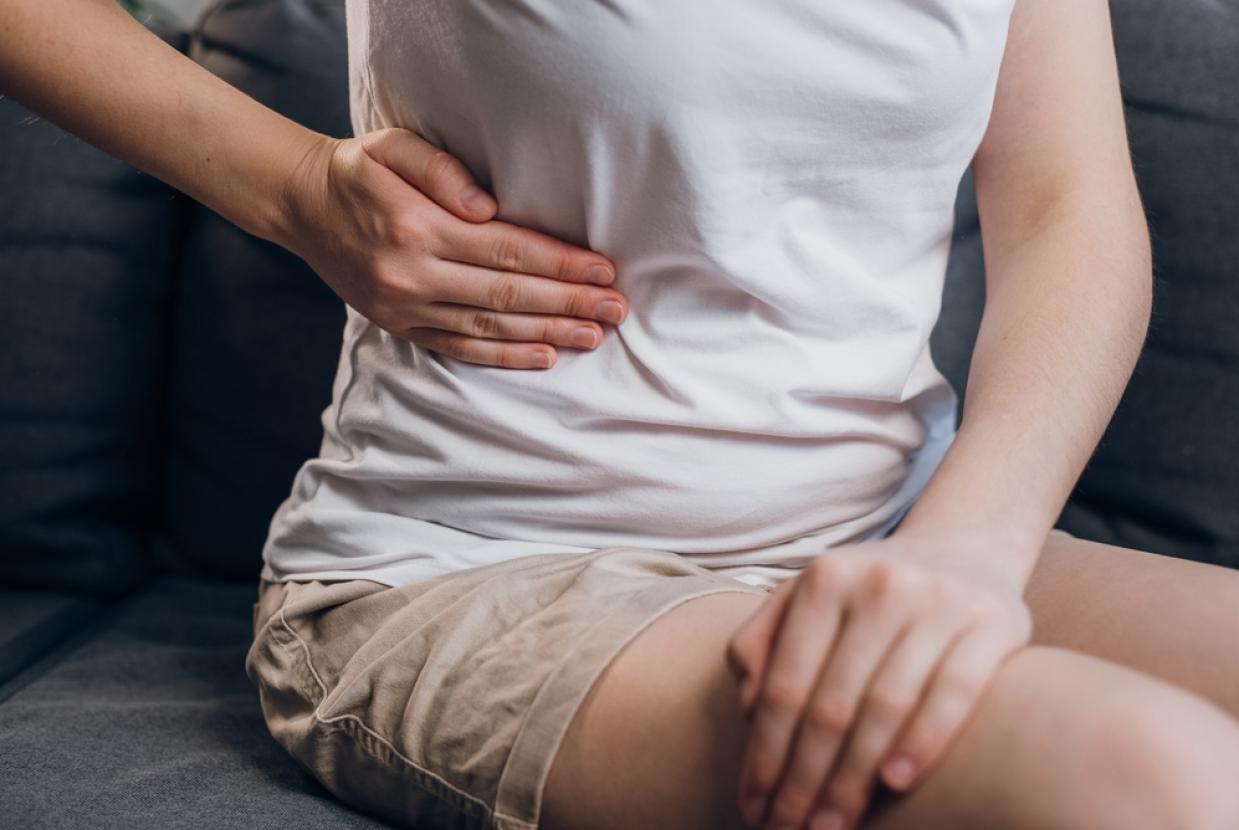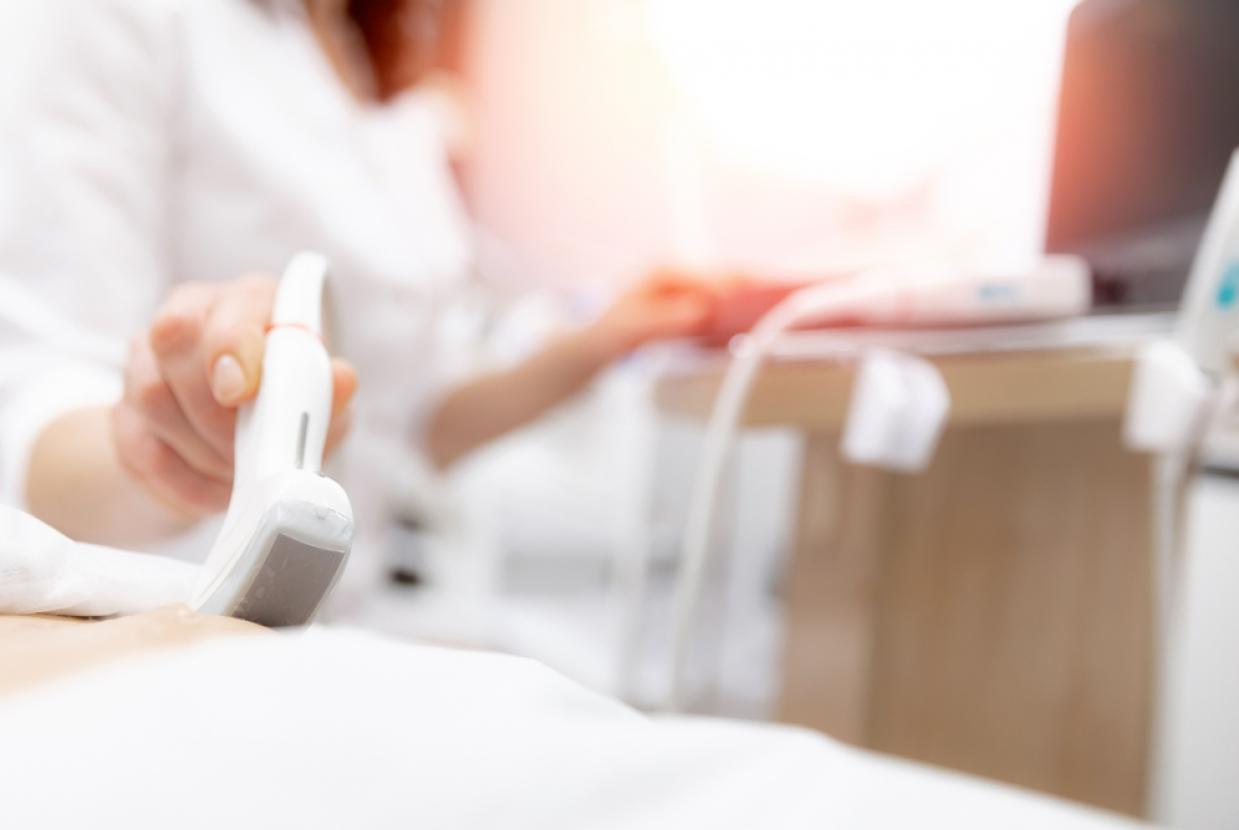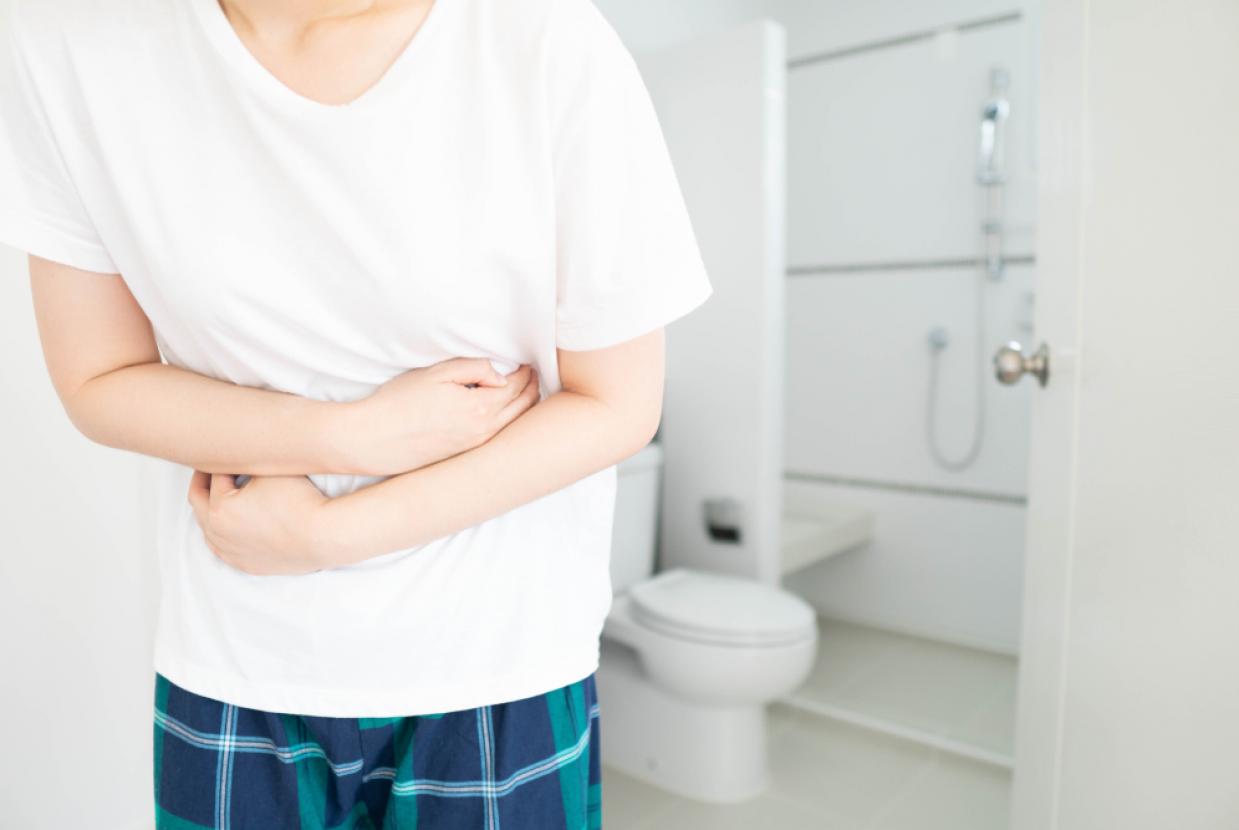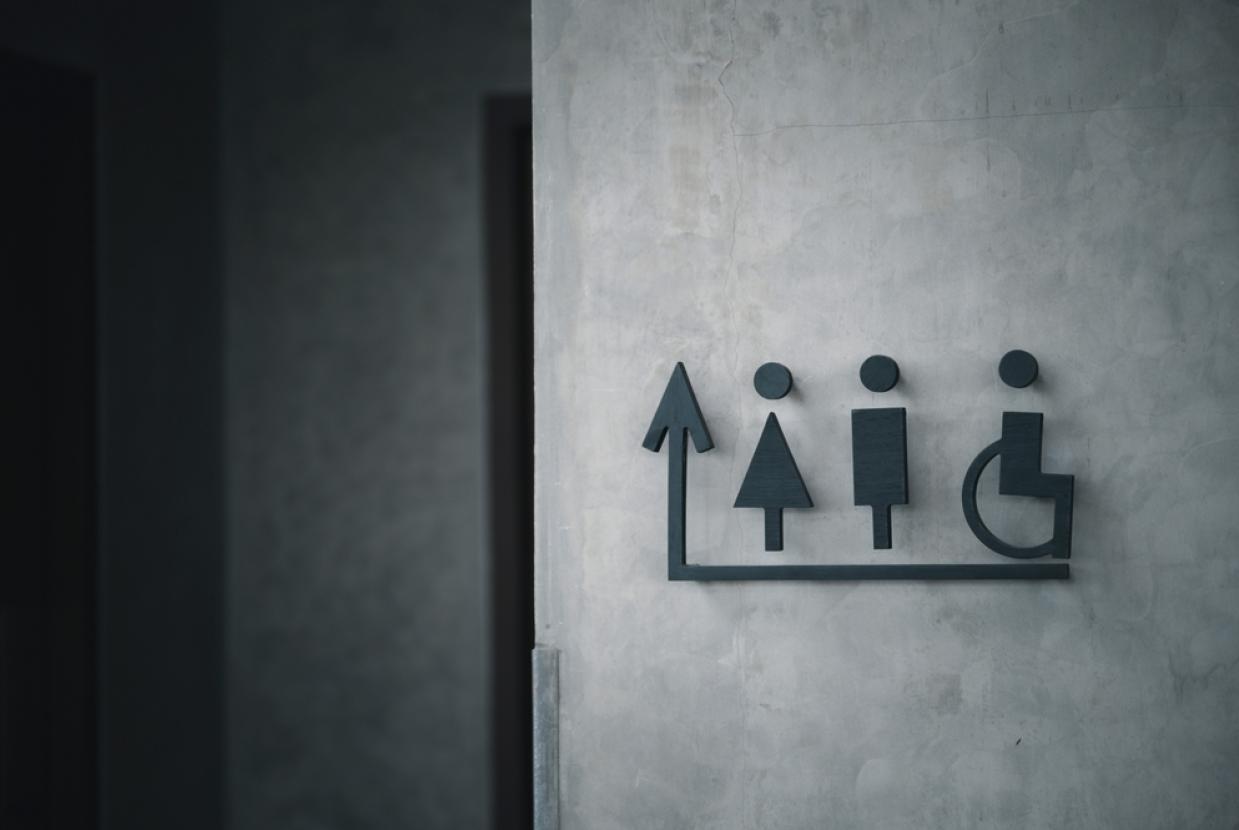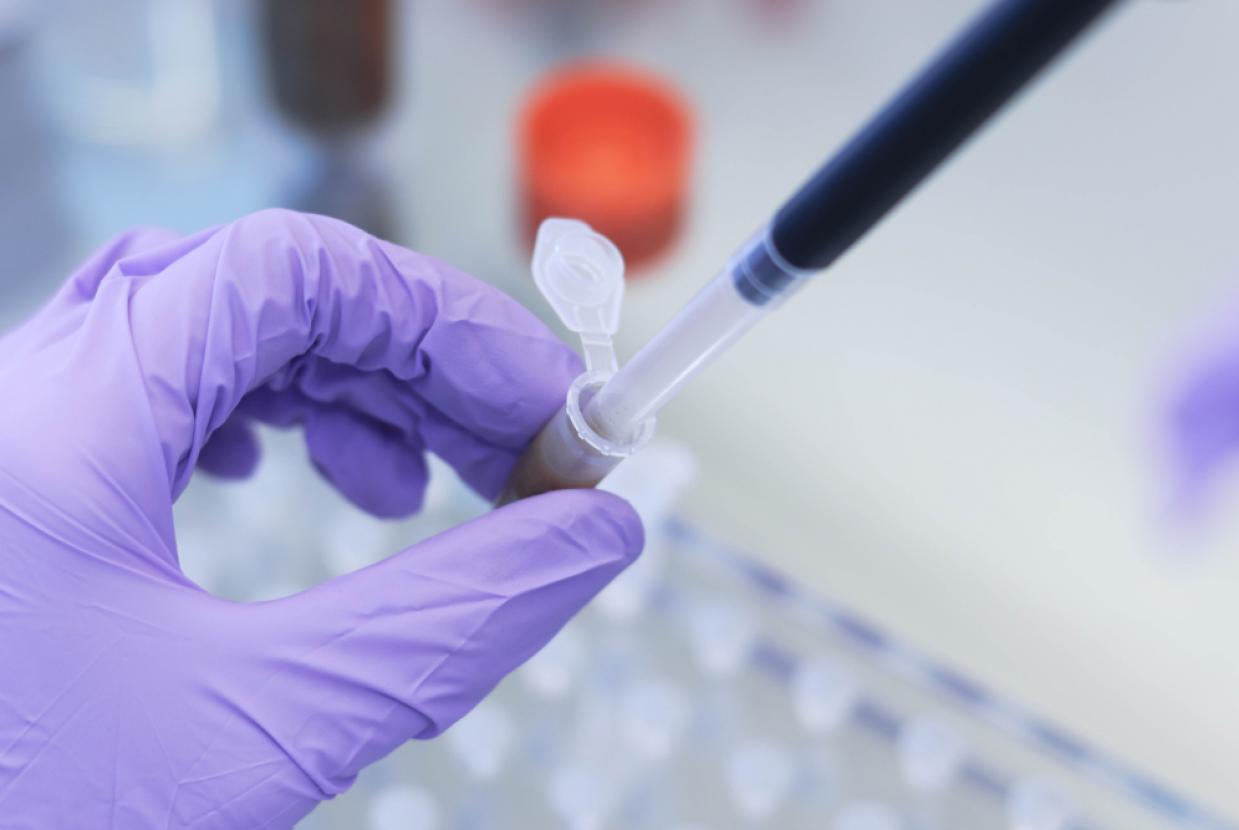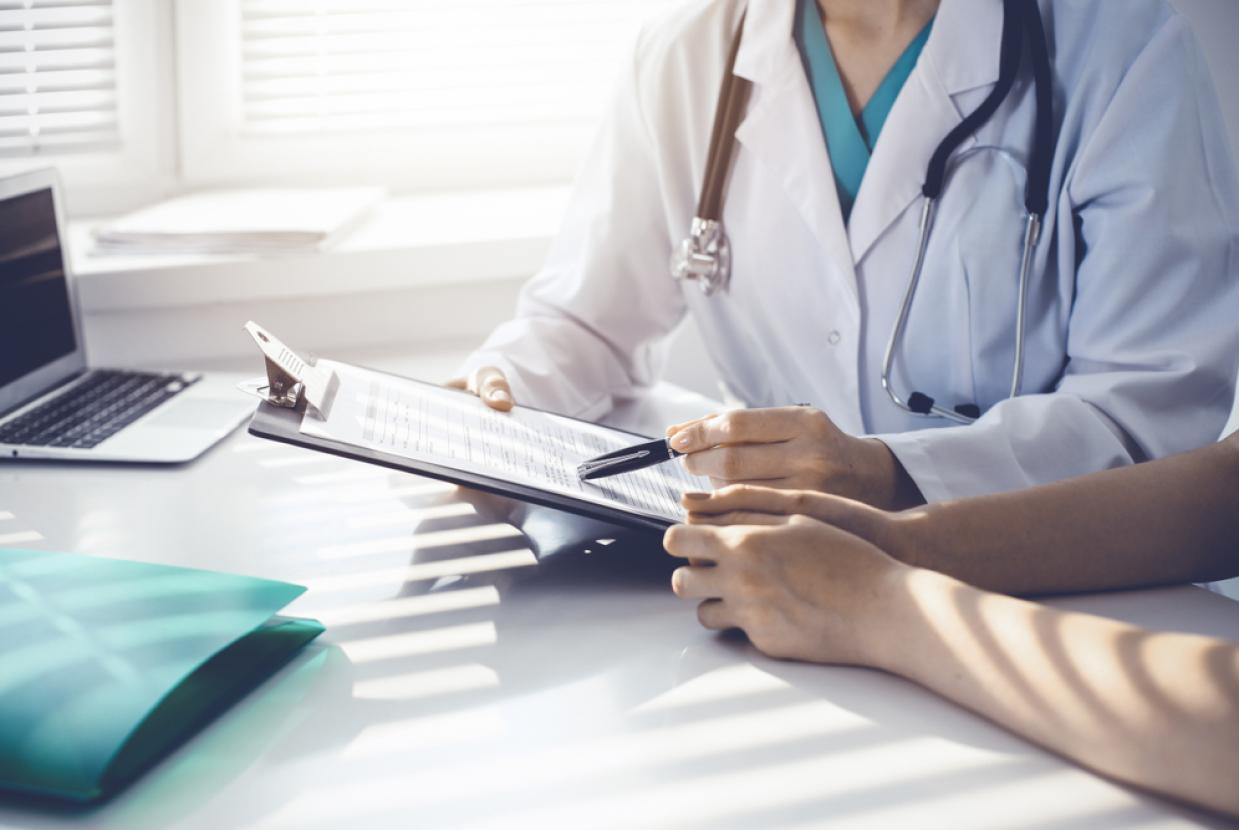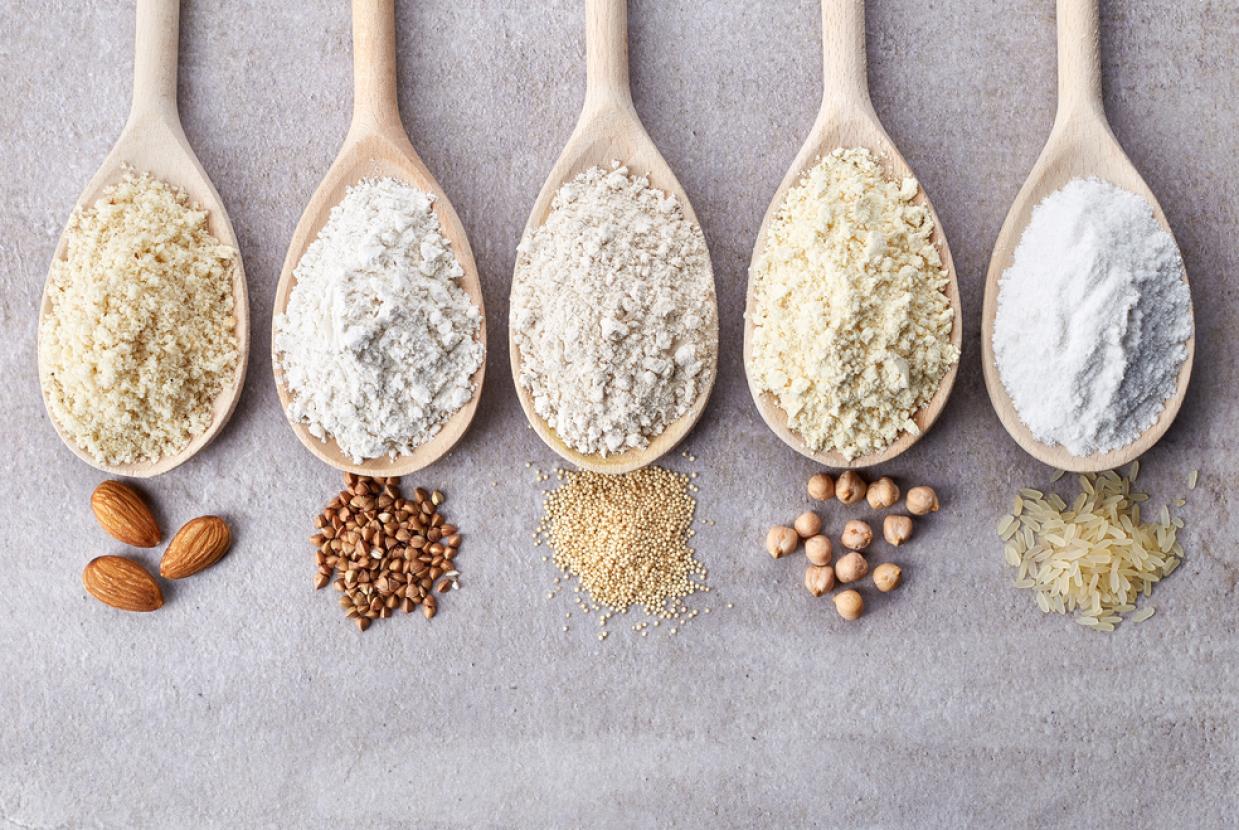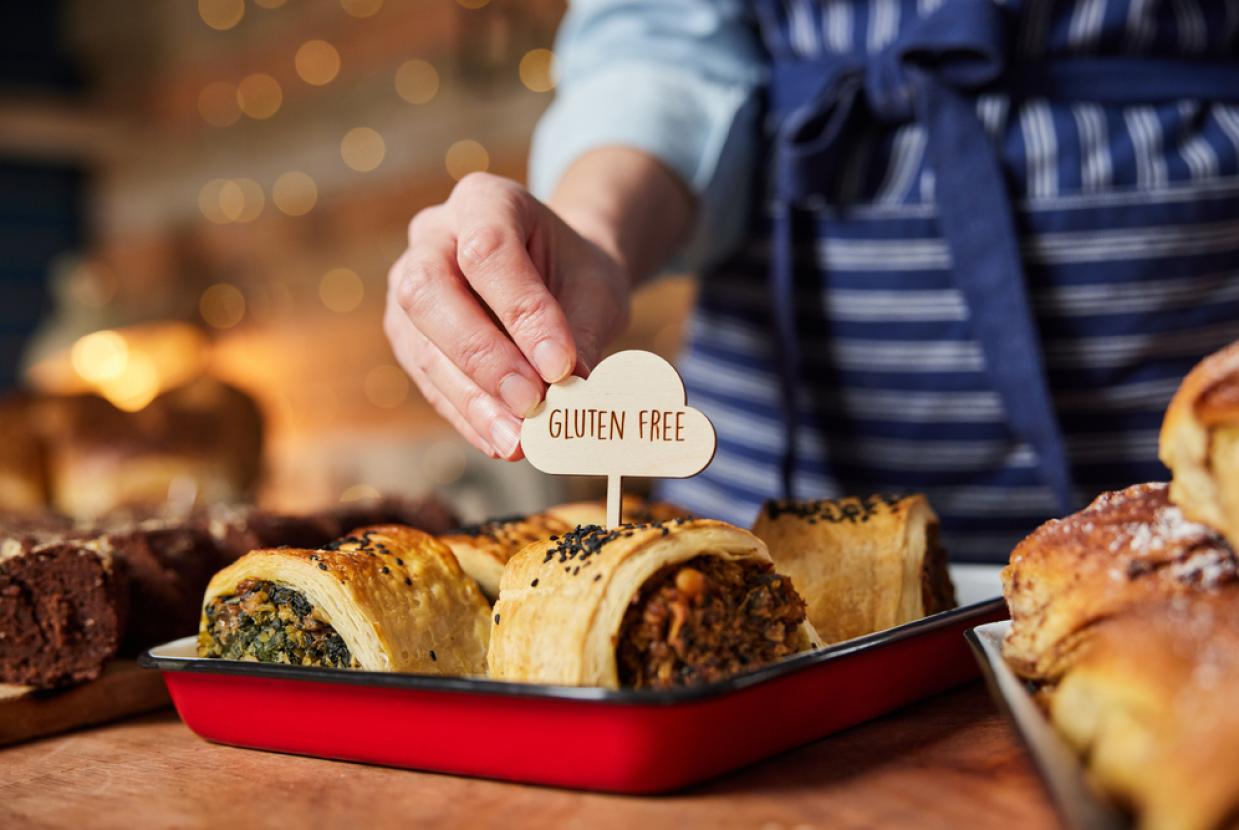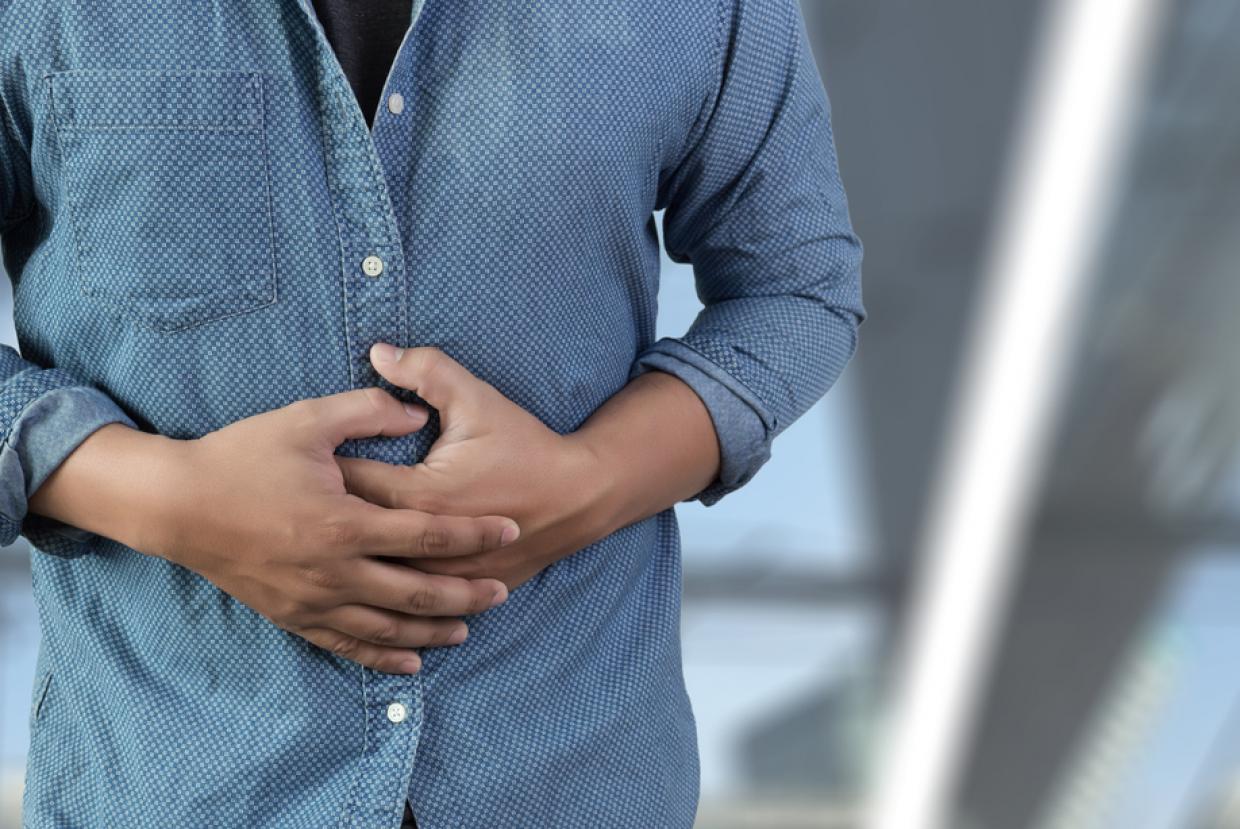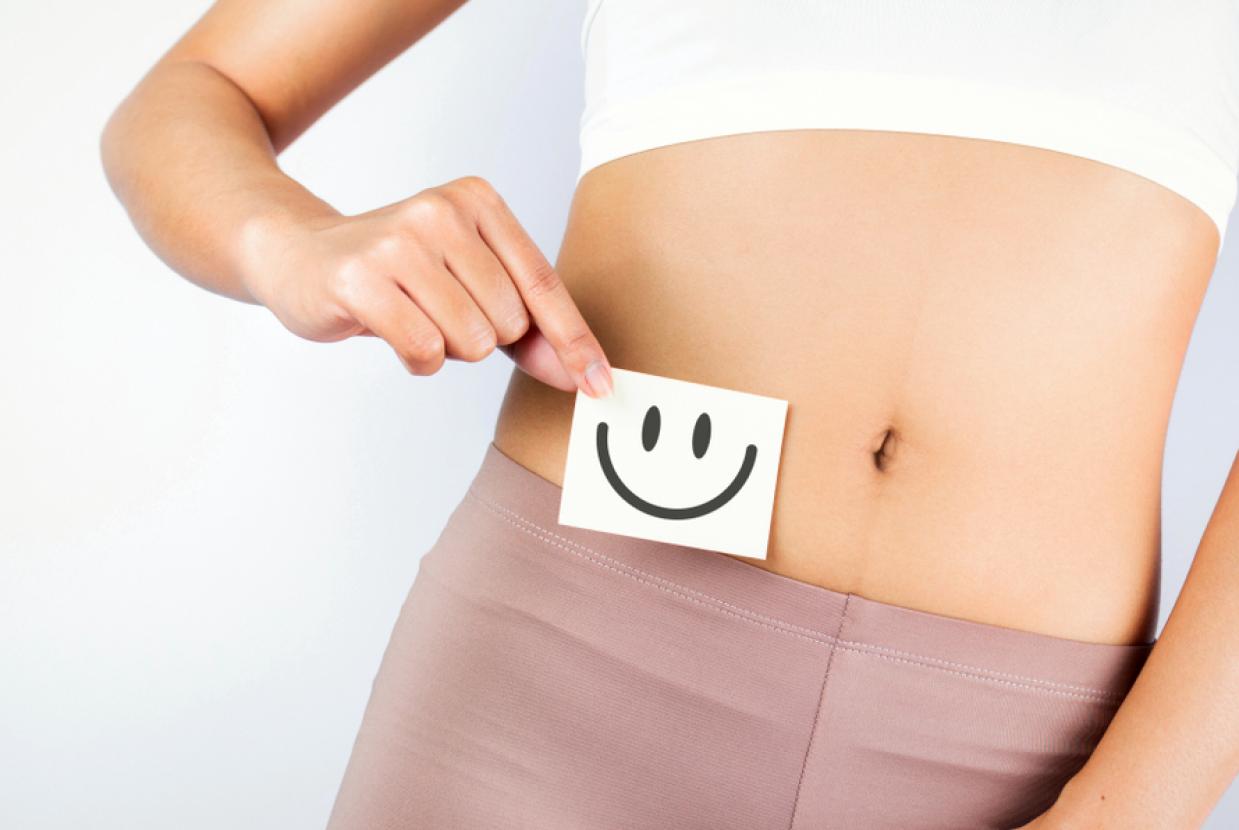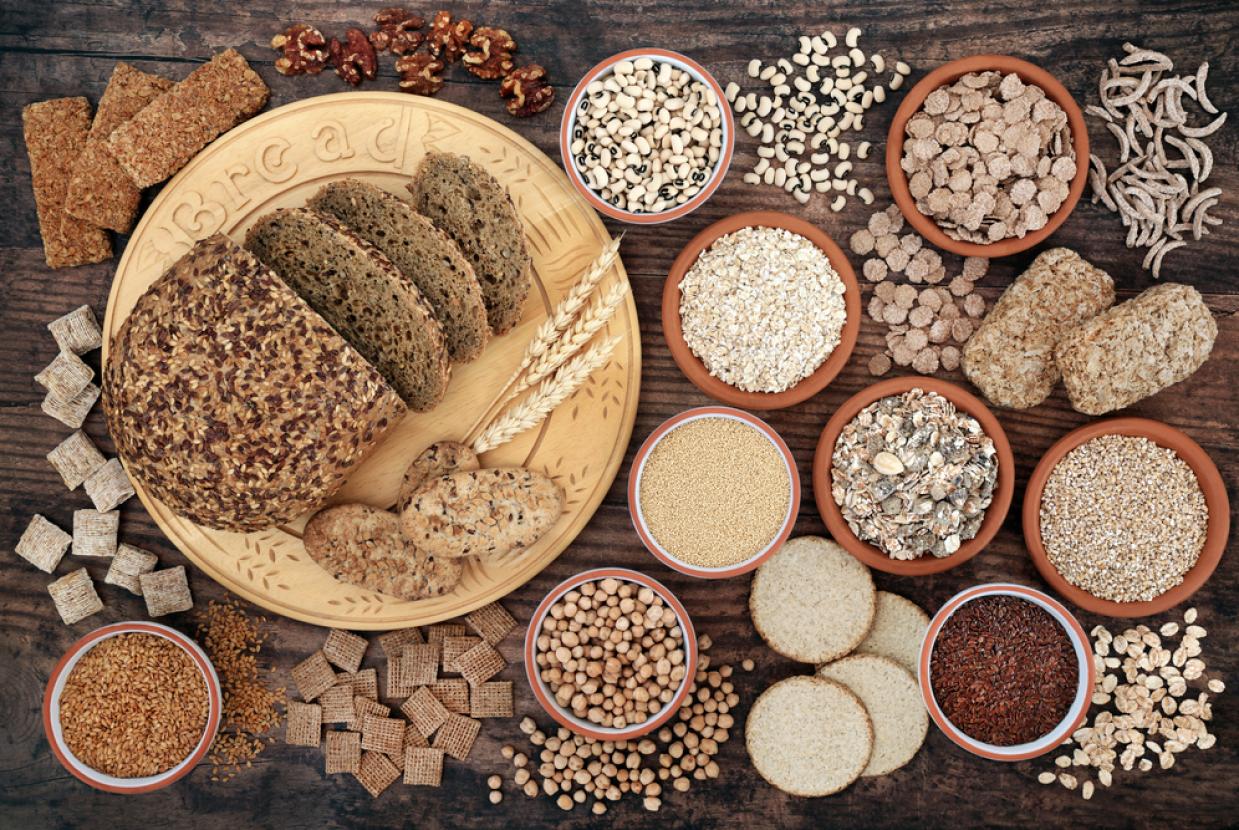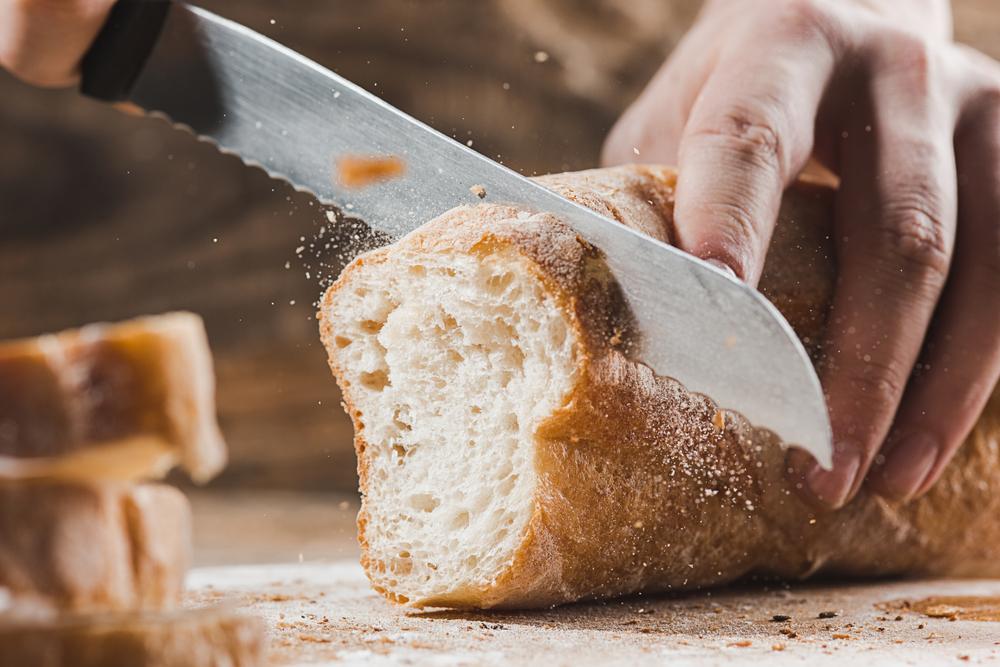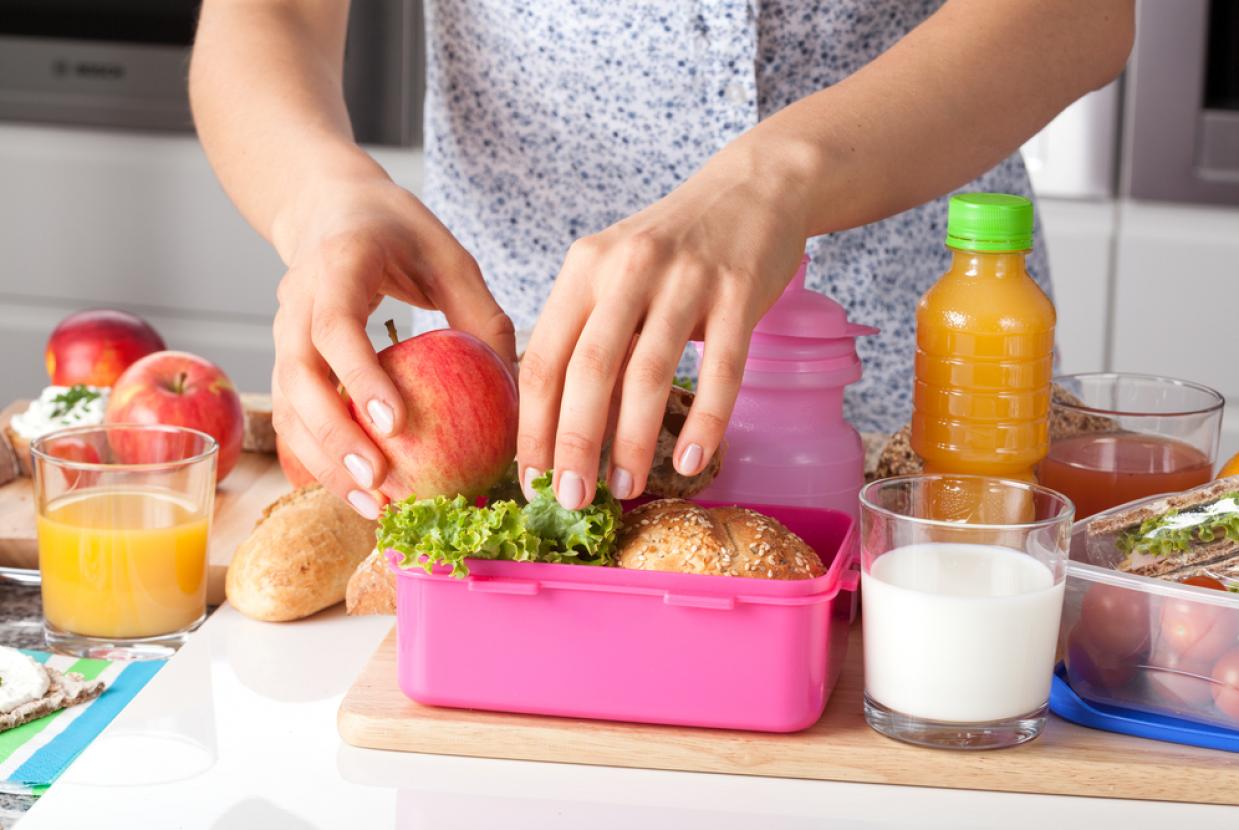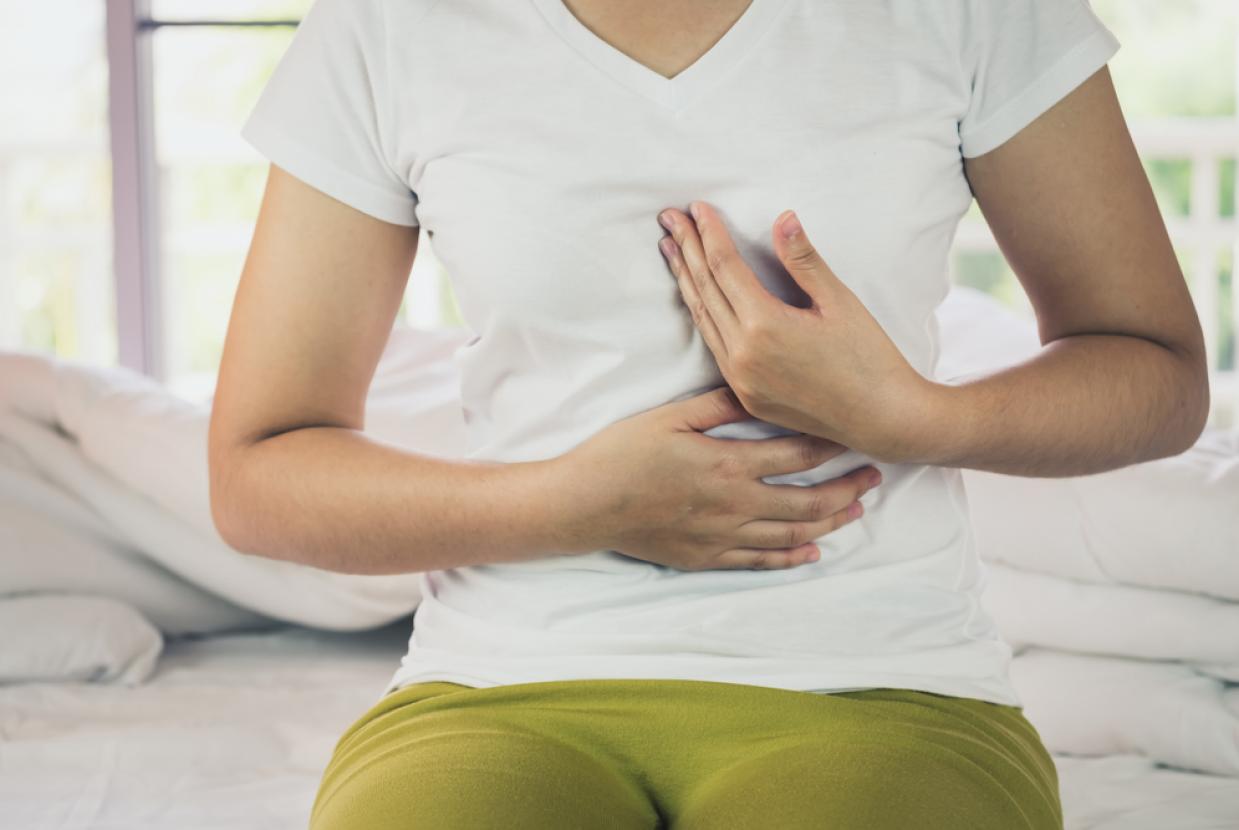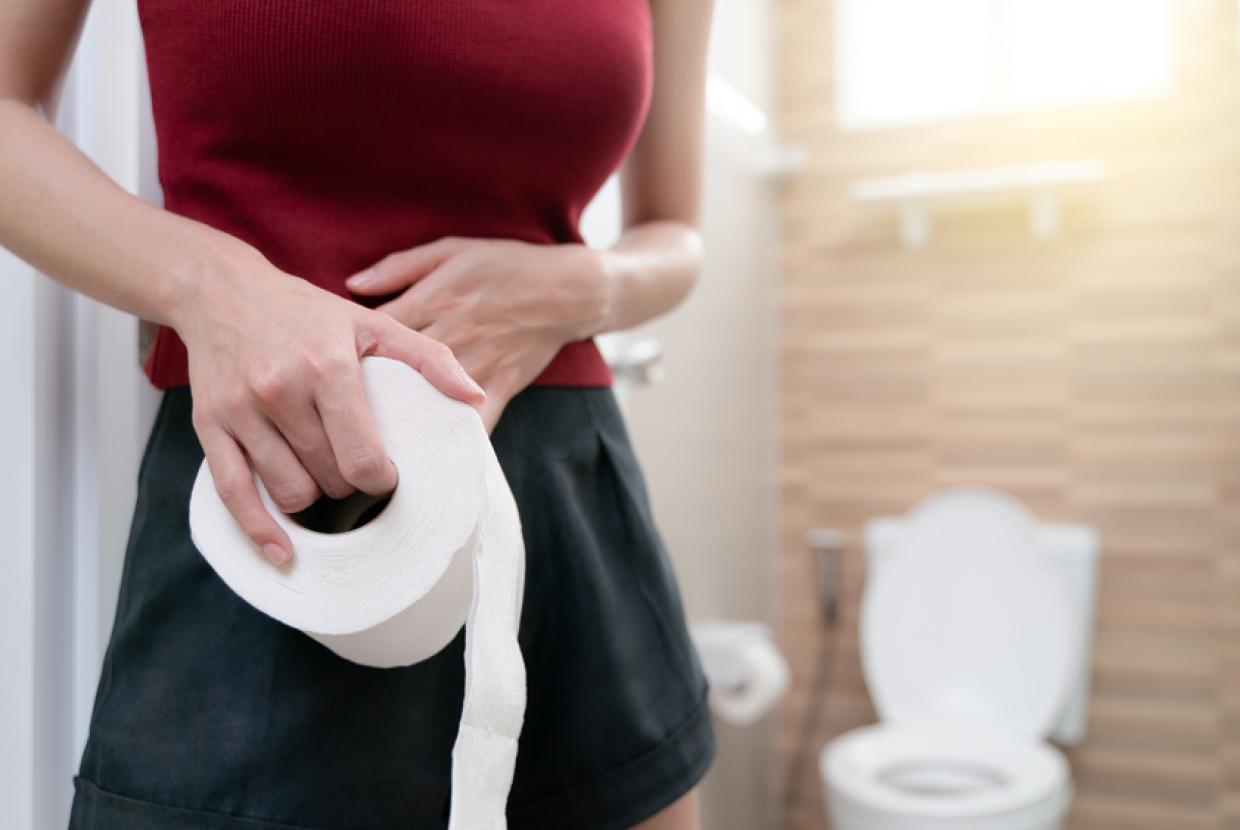Treatment
Treatment options for diverticular disease and diverticulitis depend on how severe your symptoms are.
Diverticular disease
Most cases of diverticular disease can be treated at home.
The over-the-counter painkiller paracetamol is recommended to help relieve your symptoms.
Painkillers known as non-steroidal anti-inflammatory drugs (NSAIDs), such as aspirin and ibuprofen, are not recommended because they may upset your stomach and increase your risk of internal bleeding.
Eating a high-fibre diet may initially help to control your symptoms. Some people will notice an improvement after a few days, although it can take around a month to feel the benefits fully. Read more advice about using diet to improve the symptoms of diverticular disease.
If you have constipation, you may be given a bulk-forming laxative. These can cause flatulence (wind) and bloating. Drink plenty of fluids to prevent any obstruction in your digestive system.
Heavy or constant rectal bleeding occurs in about 1 in 20 cases of diverticular disease. This can happen if the blood vessels in your large intestine (colon) are weakened by the diverticula, making them vulnerable to damage. The bleeding is usually painless, but losing too much blood can be potentially serious and may need a blood transfusion.
Signs that you may be experiencing heavy bleeding (aside from the amount of blood) include:
- feeling very dizzy
- mental confusion
- pale clammy skin
- shortness of breath
If you suspect that you (or someone in your care) is experiencing heavy bleeding, seek immediate medical advice. Contact your GP at once. If this is not possible then phone NHS 24 111 service or your local out-of-hours service.
Diverticulitis
Treatment at home
Mild diverticulitis can often be treated at home. Your GP will prescribe antibiotics for the infection and you should take paracetamol for the pain. It's important that you finish the complete course of antibiotics, even if you are feeling better. Some types of antibiotics used to treat diverticulitis can cause side effects in some people, including vomiting and diarrhoea.
Your GP may recommend that you stick to a fluid-only diet for a few days until your symptoms improve. This is because trying to digest solid foods may make your symptoms worse. You can gradually introduce solid foods over the next 2 or 3 days.
For the 3 to 4 days of recovery, a low-fibre diet is suggested, until you return to the preventative high-fibre diet. This is to reduce the amount of faeces (poo) your large bowel has to deal with while it is inflamed.
If you have not been diagnosed with diverticular disease before, your GP may refer you for a test such as a colonoscopy or CT colonography after the symptoms have settled.
Treatment at hospital
If you have more severe diverticulitis, you may need to go to hospital, particularly if:
- your pain cannot be controlled using paracetamol
- you are unable to drink enough fluids to keep yourself hydrated
- you are unable to take antibiotics by mouth
- your general state of health is poor
- you have a weakened immune system
- your GP suspects complications
- your symptoms fail to improve after two days of treatment at home
If you are admitted to hospital for treatment, you are likely to receive injections of antibiotics and be kept hydrated and nourished using an intravenous drip (a tube directly connected to your vein). Most people start to improve within 2 to 3 days.
Surgery
In the past, surgery was recommended as a preventative measure for people who had 2 episodes of diverticulitis as a precaution to prevent complications.
This is no longer the case, as studies have found that in most cases, risks of serious complications from surgery (estimated to be around 1 in 100) usually outweigh the benefits.
However, there are exceptions to this, such as:
- if you have a history of serious complications arising from diverticulitis
- if you have symptoms of diverticular disease from a young age (it is thought the longer you live with diverticular disease, the greater your chances of having a serious complication)
- if you have a weakened immune system or are more vulnerable to infections
If surgery is being considered, discuss both benefits and risks carefully with the doctor in charge of your care.
In rare cases, a severe episode of diverticulitis can only be treated with emergency surgery. This is when a hole (perforation) has developed in the bowel. This is uncommon, but causes very severe abdominal pain, which needs an emergency trip to hospital.
Colectomy
Surgery for diverticulitis involves removing the affected section of your large intestine. This is known as a colectomy. There are 2 ways this operation can be performed:
- an open colectomy – where the surgeon makes a large incision (cut) in your abdomen (stomach) and removes a section of your large intestine
- laparoscopic colectomy – a type of ‘keyhole surgery’ where the surgeon makes a number of small incisions in your abdomen and uses special instruments guided by a camera to remove a section of large intestine
Open colectomies and laparoscopic colectomies are thought equally effective in treating diverticulitis, and have a similar risk of complications. People who have laparoscopic colectomies tend to recover faster and have less pain after the operation.
Emergency surgery when the bowel has perforated is more likely to be open and may result in a stoma being formed.
Stoma surgery ('having a bag')
In some cases, the surgeon may decide your large intestine needs to heal before it can be reattached, or that too much of your large intestine has been removed to make reattachment possible.
In such cases, stoma surgery provides a way of removing waste materials from your body without using all of your large intestine. It is known as ‘having a bag’ as a bag is stuck to the skin on your belly and the faeces (poo) are collected in the bag.
Stoma surgery involves the surgeon making a small hole in your abdomen – known as a stoma. There are 2 ways this procedure can be carried out.
An ileostomy – where a stoma is made in the right-hand side of your abdomen. Your small intestine is separated from your large intestine and connected to the stoma, and the rest of the large intestine is sealed. You will need to wear a pouch connected to the stoma to collect waste material (poo).
A colostomy – where a stoma is made in your lower abdomen and a section of your large intestine is removed and connected to the stoma. As with an ileostomy, you will need to wear a pouch to collect waste material.
In most cases, the stoma will be temporary and can be removed once your large intestine has recovered from the surgery. This will depend on the situation when you had the operation. If it was an emergency operation, you may need a few months to recover before having surgery to reverse the stoma.
If a large section of your large intestine is affected by diverticulitis and needs to be removed, or if you have multiple other conditions that make major surgery a risk, you may need a permanent ileostomy or colostomy.
Results of surgery
In general terms, elective (non-emergency) surgery is usually successful, although it does not achieve a complete cure in all cases. Following surgery, an estimated 1 in 12 people will have a recurrence of symptoms of diverticular disease and diverticulitis.
In an emergency setting, the success rate depends on how unwell you are when you require the operation.


